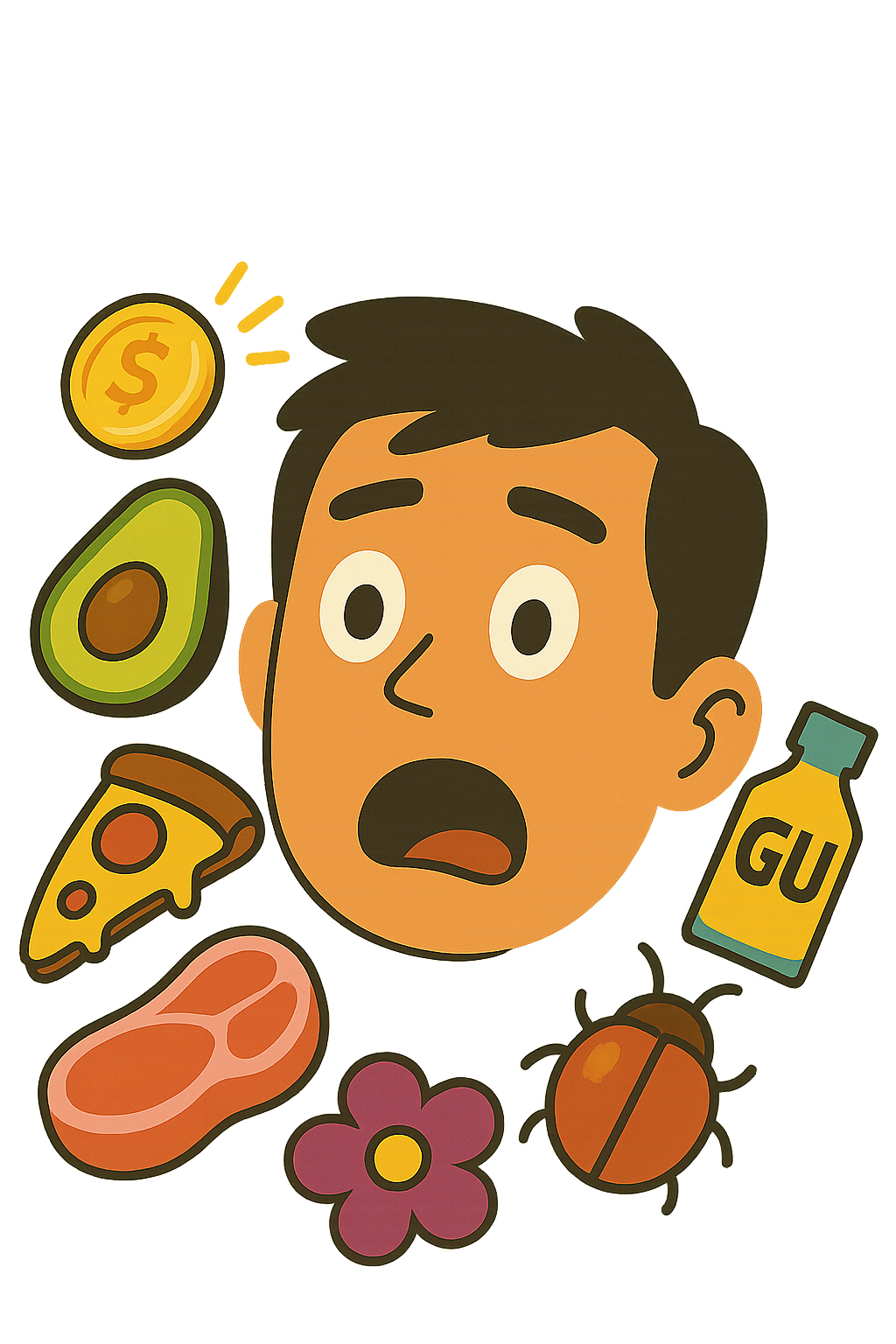Can you eat food with white mold?
Quick Answer
No
Consuming food with white mold can lead to food poisoning and other health issues. Some molds may produce harmful toxins, even if they are not visible. It’s best to discard any food that has mold on it.

What Is It?
White mold is a type of fungus that can grow on a variety of food items, including bread, cheese, and fruits. It appears as a fuzzy or powdery white substance on the surface of the food.
How to Tell
Signs of white mold include a fuzzy or powdery white substance on the surface of the food, a musty or moldy smell, and changes in the texture or color of the food.
Why It Can Be Risky
Eating food with white mold can pose several health risks.
- Food poisoning: Consuming moldy food can lead to food poisoning, with symptoms such as nausea, vomiting, and diarrhea.
- Allergic reactions: Some people may have allergic reactions to mold, which can cause symptoms like sneezing, itching, and rash.
- Respiratory problems: Inhaling mold spores can lead to respiratory issues, especially in people with asthma or other respiratory conditions.
Safe Method?
The safest method is to discard any food that has visible mold on it. Some hard cheeses with mold can be salvaged by cutting off the moldy part, but this is not recommended for other types of food.
Can You Just Cut It Off?
For hard cheeses, you can cut off at least 1 inch around and below the mold spot. However, keep in mind that mold spores can still spread to the rest of the cheese.
Safe Alternatives
If you find mold on one piece of food, check the rest of the food items in the same package or container. If they are not moldy, you can eat them instead.
Storage Tips
Store food in a cool, dry place.’, ‘Keep food in sealed containers to prevent mold growth.’, ‘Use food before its expiration date.